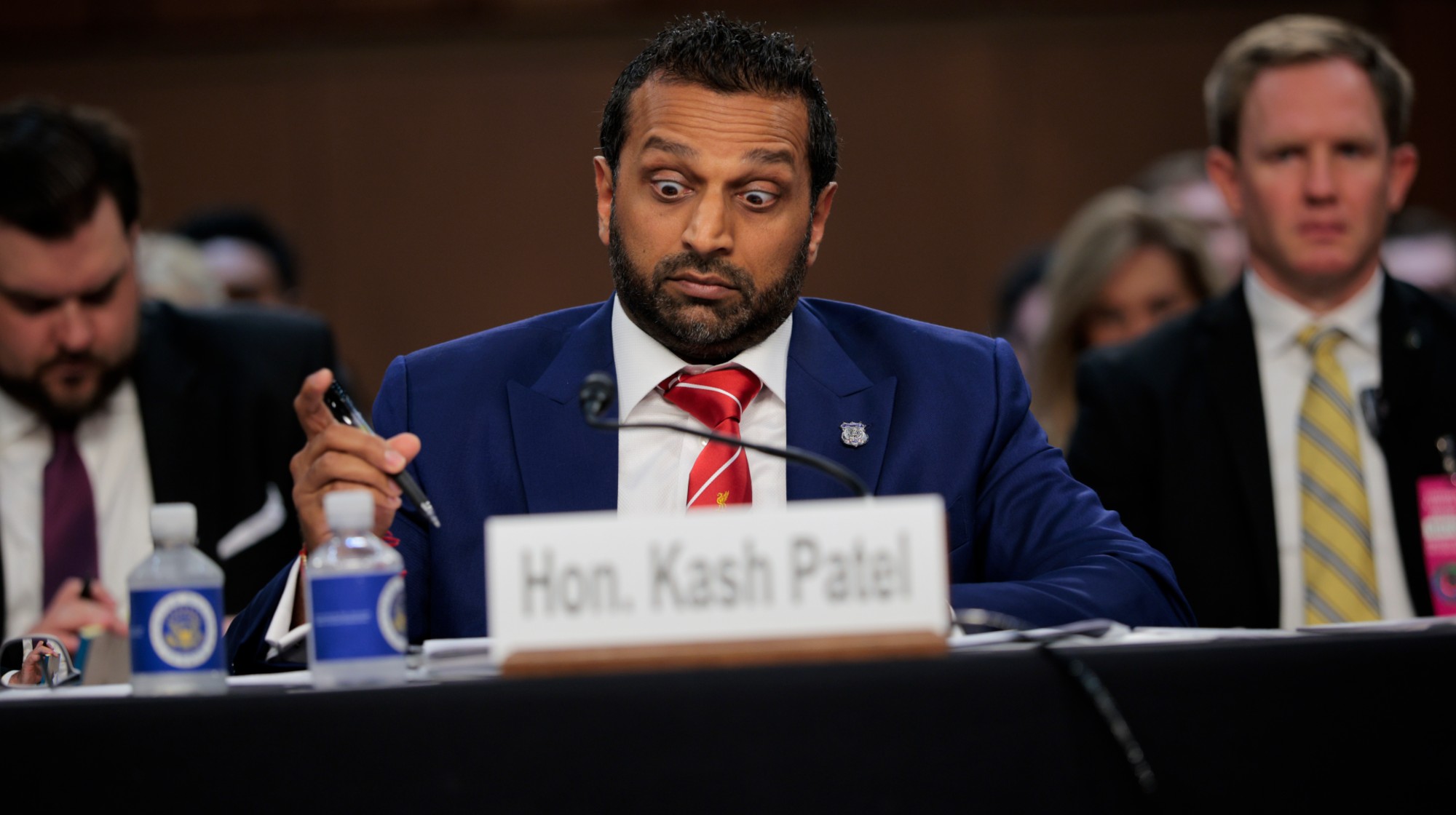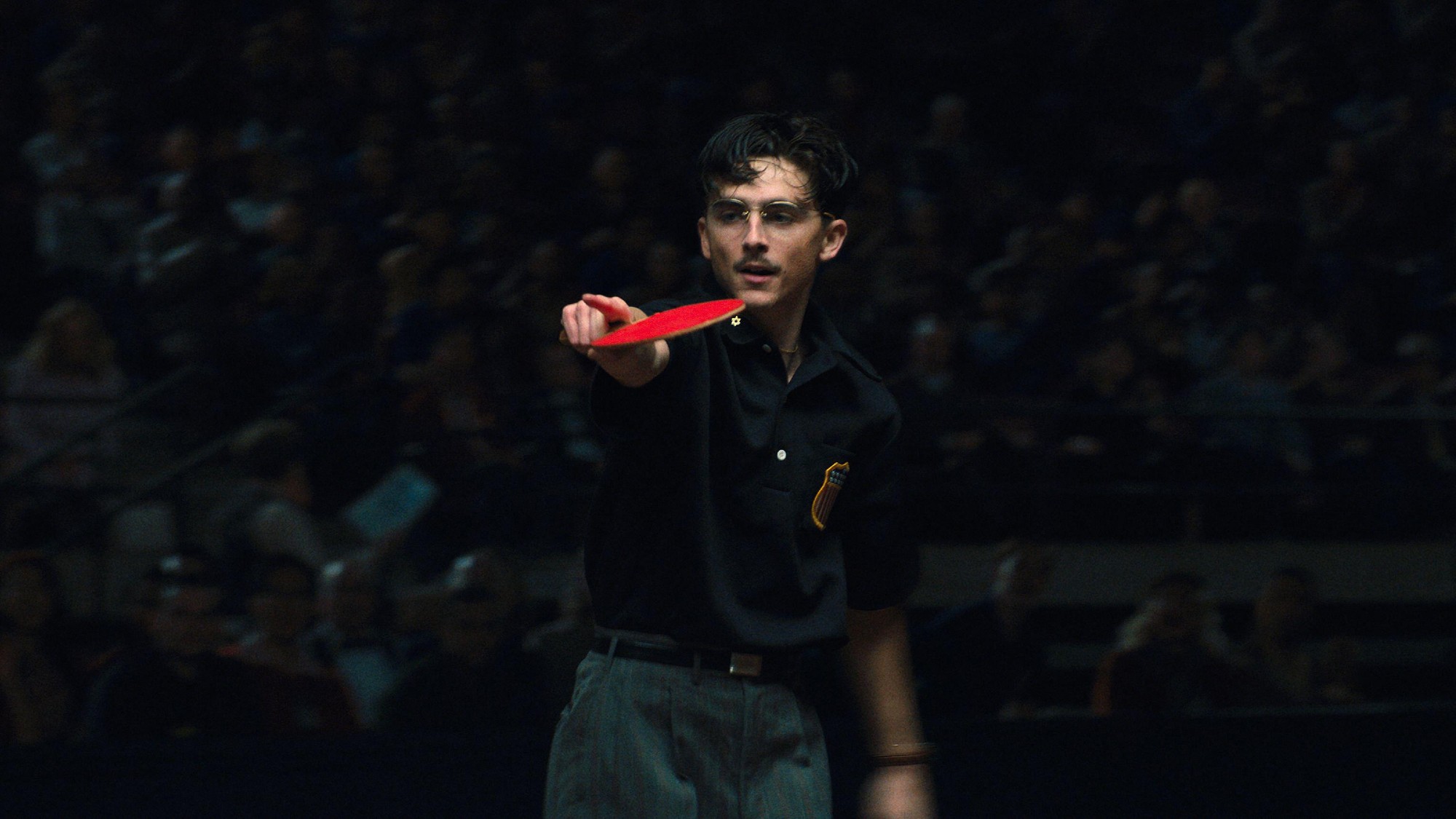The NFL: Dodging the truth about head injuries
The NFL reached a settlement with 4,500 former players who filed a class-action suit over the league’s handling of head trauma.
“Are you ready for some football?” said Jonathan Mahler in Bloomberg.com. The National Football League’s season kicked off free of legal controversy this week, after it reached a settlement with 4,500 former players who filed a class-action suit over the league’s handling of head trauma. The plaintiffs claimed the league had covered up what it knew about the long-term neurological effects of concussions sustained playing football, and in some cases had pressured players to return to the field knowing they were injured. Many of these former players now suffer from chronic traumatic encephalopathy (CTE), which can cause depression, memory loss, and psychosis, as well as unusually high rates of Lou Gehrig’s disease, Parkinson’s disease, Alzheimer’s, and dementia. But the NFL agreed last week to pay out $765 million to the plaintiffs, dodging a protracted and potentially embarrassing fight over the dangers of playing America’s most popular sport. “In essence, the league won,” said Peter King in SportsIllustrated.com. Most experts predicted a settlement of several billions; this sum is a drop in the bucket of the league’s $9.5 billion annual revenue, working out to about $30 million per team. Getting off so easily will certainly help NFL owners “sleep better at night.”
“The players look like they got played,” said Jeffri Chadiha in ESPN.com. The suicide of brain-damaged former San Diego Chargers linebacker Junior Seau last year opened a lot of people’s eyes to the lasting damage football inflicts on many of its gladiators, and there’s strong evidence that the league has deliberately tried to downplay the long-term consequences of concussion injuries. It’s hard, though, to blame the ex-players for taking a settlement, said former NFL linebacker Scott Fujita in NYTimes.com. Many are incapacitated by brain damage and are struggling to pay crippling medical and nursing bills, and now they’ll get some desperately needed money. If they took the case to trial, it might have dragged on for a decade or more, by which time many of the plaintiffs would be dead.
Look—I feel sorry for the small percentage of players who suffer lasting damage, said Pete Prisco in CBSSports.com. But these guys knew the risks of long-term injury when they signed up to play a violent sport. No one forced them to accept million-dollar contracts and the glory of playing for the league. The NFL provides a lot of people with jobs, and it entertains millions. “Without the NFL, what would you do on fall Sundays?”
The Week
Escape your echo chamber. Get the facts behind the news, plus analysis from multiple perspectives.

Sign up for The Week's Free Newsletters
From our morning news briefing to a weekly Good News Newsletter, get the best of The Week delivered directly to your inbox.
From our morning news briefing to a weekly Good News Newsletter, get the best of The Week delivered directly to your inbox.
The players may have known they were risking “busted joints,” said Daniel Engber in Slate.com, but they didn’t know football could turn their brains to mush. In recent decades, players have gotten much larger, stronger, and faster, changing the physics of hard hits. When a 250-pound linebacker or 350-pound lineman hits a wide receiver or running back racing downfield at full speed, the sudden stop causes both players’ brains to smash against their skulls. Neurons are damaged, even if a player doesn’t suffer a blackout or concussion, and over time, the damage can be cumulative. “How serious is the problem of head injuries in football?” The NFL has done an “abysmal job” of finding out—and this settlement is designed to keep everyone in the dark. Parents who have sons playing this game at any level should be furious, said Dave Zirin in TheNation.com. The NFL has “bought our ignorance, and bought it on the cheap.”
But most football fans are content with their ignorance, said Andrew Sharp in Grantland.com. We’ve all heard the stuttering former players confess to blinding headaches, fading memories, and suicidal thoughts, and yet we still gleefully roar over bone-crunching tackles that leave players writhing on the field. Such violence is thrilling, but what it does to players is probably immoral, and fans like me are “a lot more complicit” than we’d like to admit. As fans watch their favorite players in coming weeks, said Steve Politi in the Newark, N.J., Star-Ledger,they will block out the knowledge that these strong, fearless young men will someday be “broken men in their 50s,” like former Jets fullback Mike Augustyniak, now 57. After just three years in the league, blocking charging linebackers, Augustyniak suffers from what he calls “a fuzzy brain,” and can no longer work because of advancing memory loss, migraines, and depression. “You can’t think,” he says. “Life sort of stops.” NFL football, though, goes on.
A free daily email with the biggest news stories of the day – and the best features from TheWeek.com
-
 Ex-FBI agents sue Patel over protest firing
Ex-FBI agents sue Patel over protest firingspeed read The former FBI agents were fired for kneeling during a 2020 racial justice protest for ‘apolitical tactical reasons’
-
 The real tragedy that inspired ‘Hamlet,’ the life of a pingpong prodigy and the third ‘Avatar’ adventure in December movies
The real tragedy that inspired ‘Hamlet,’ the life of a pingpong prodigy and the third ‘Avatar’ adventure in December moviesThe Week Recommends This month’s new releases include ‘Hamnet,’ ‘Marty Supreme’ and ‘Avatar: Fire and Ash’
-
 ‘These moves would usher in a future of chemical leaks’
‘These moves would usher in a future of chemical leaks’Instant Opinion Opinion, comment and editorials of the day